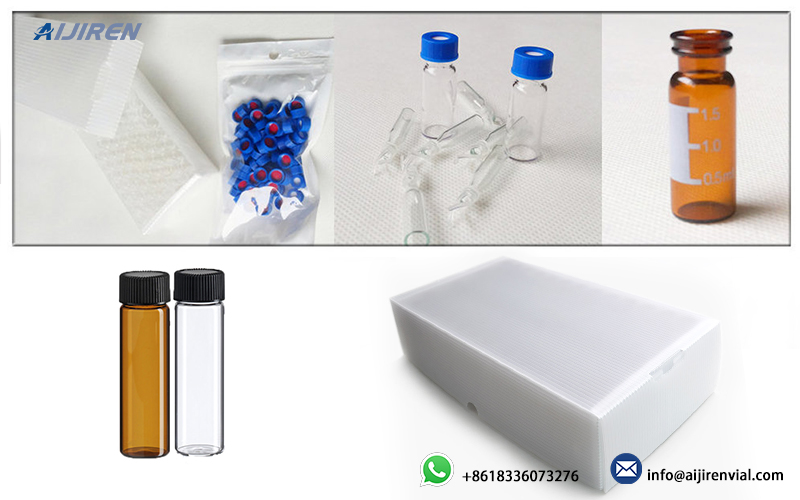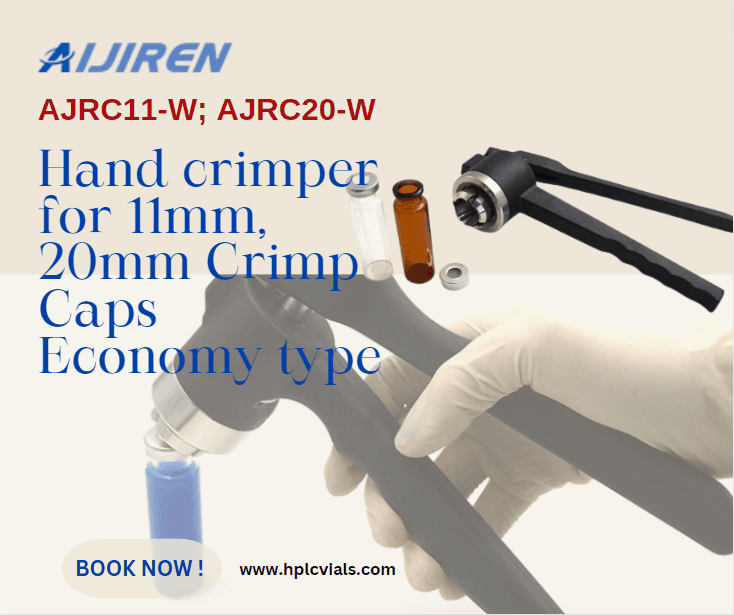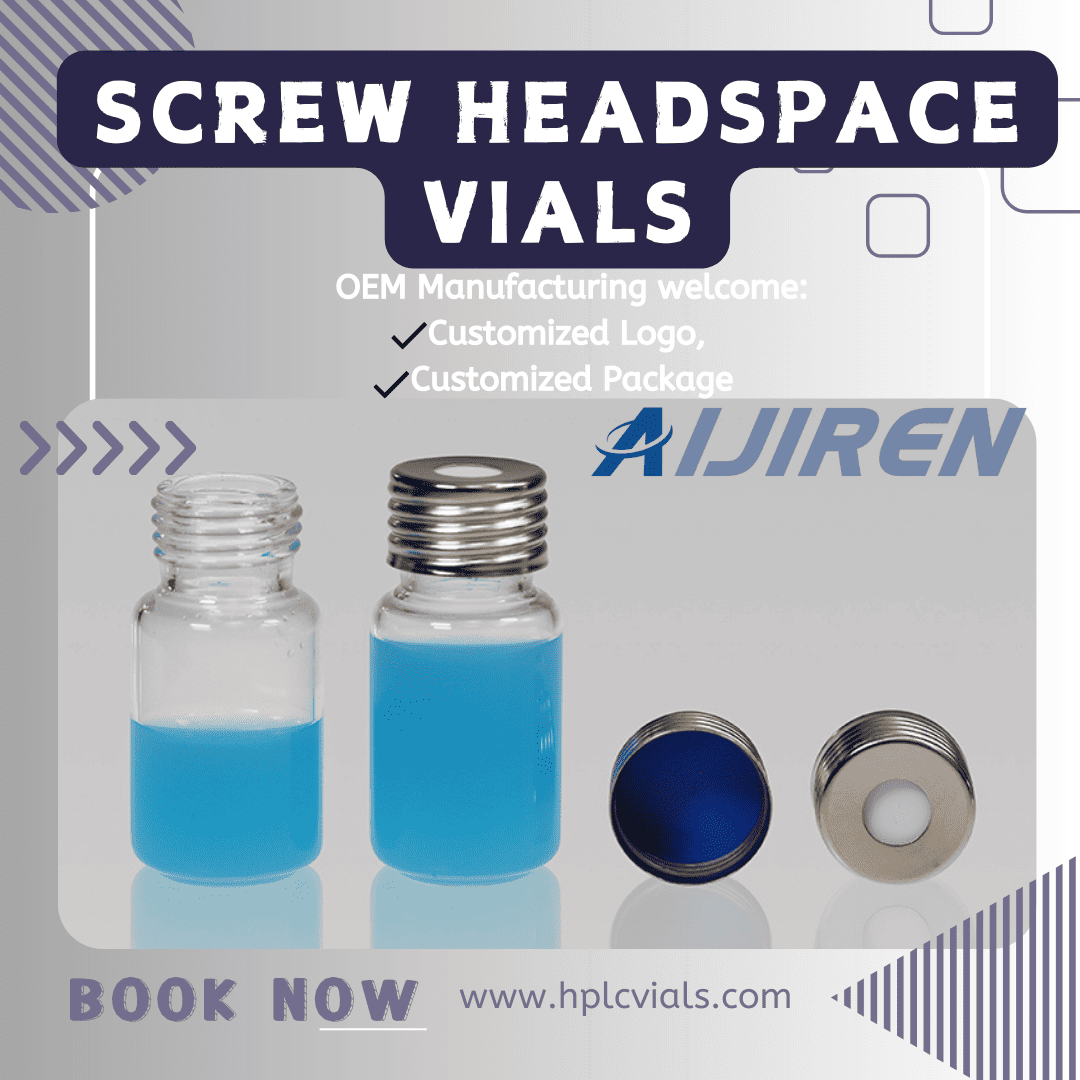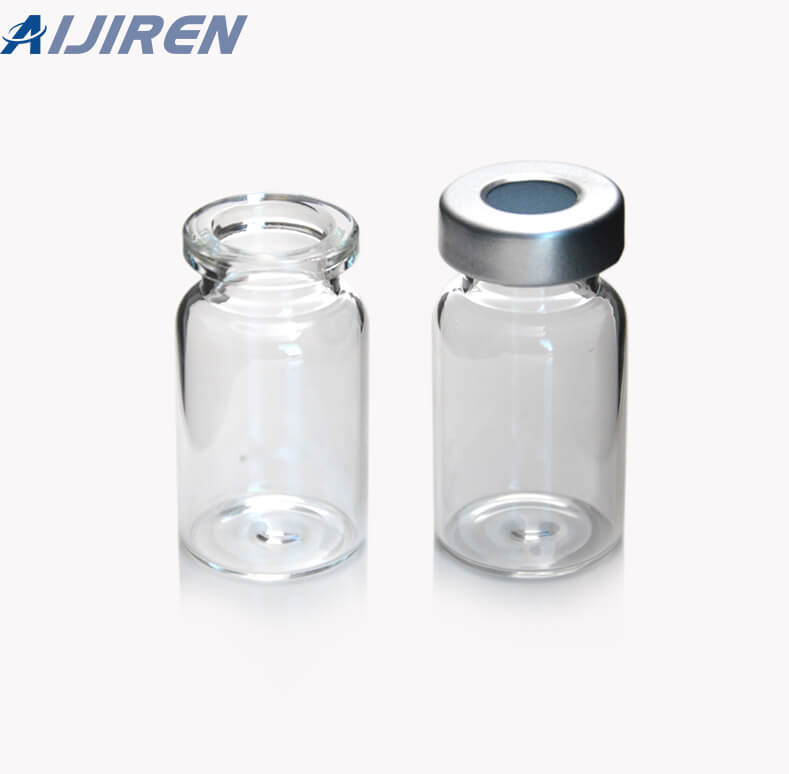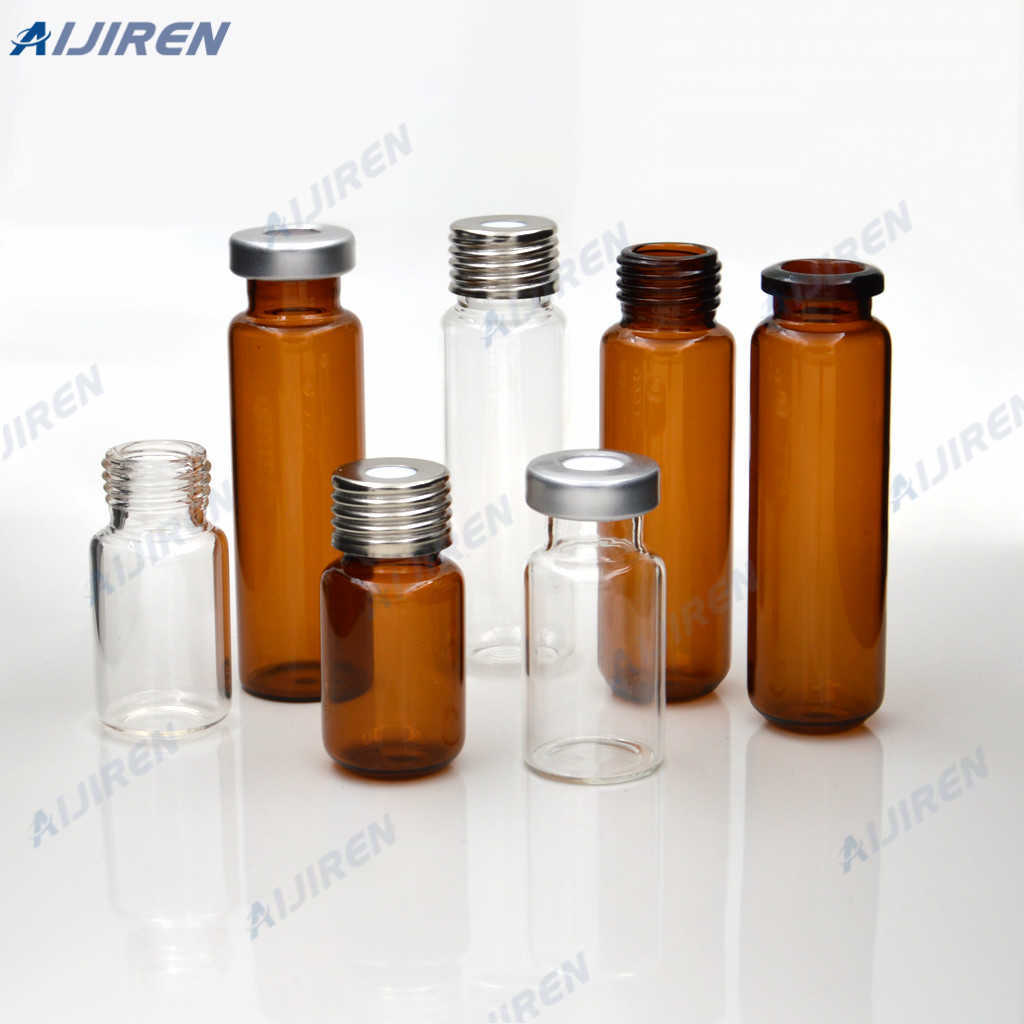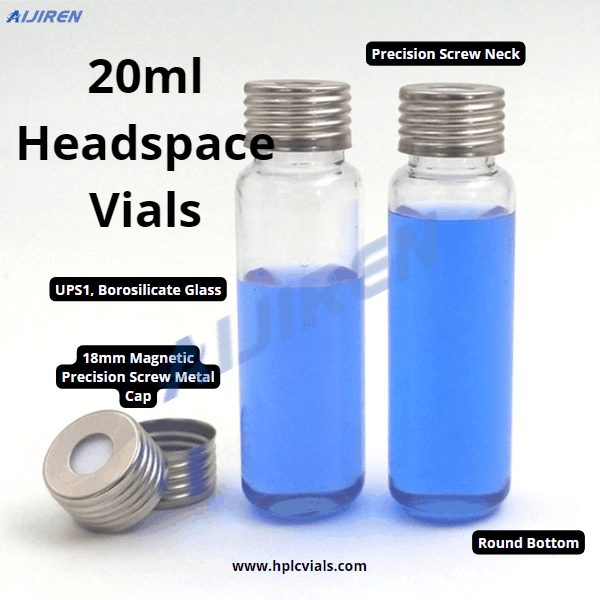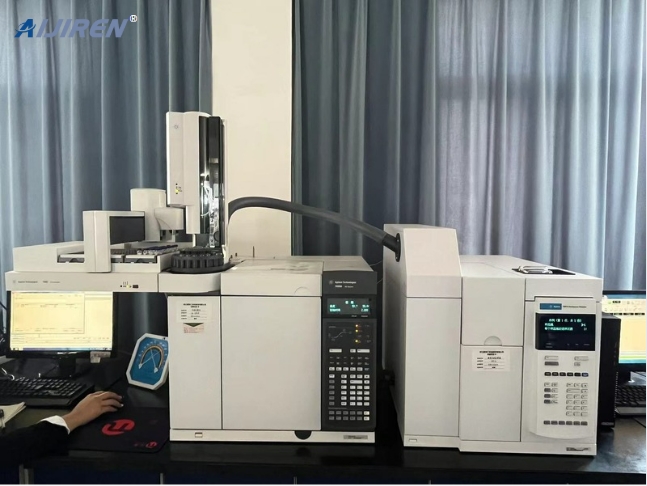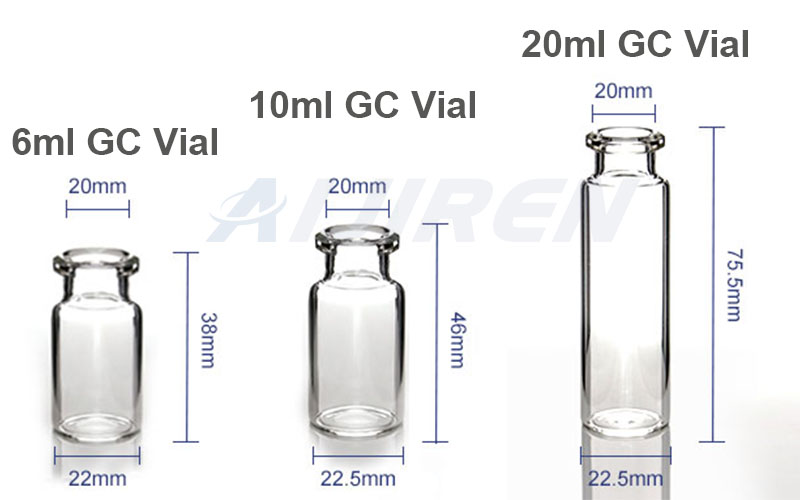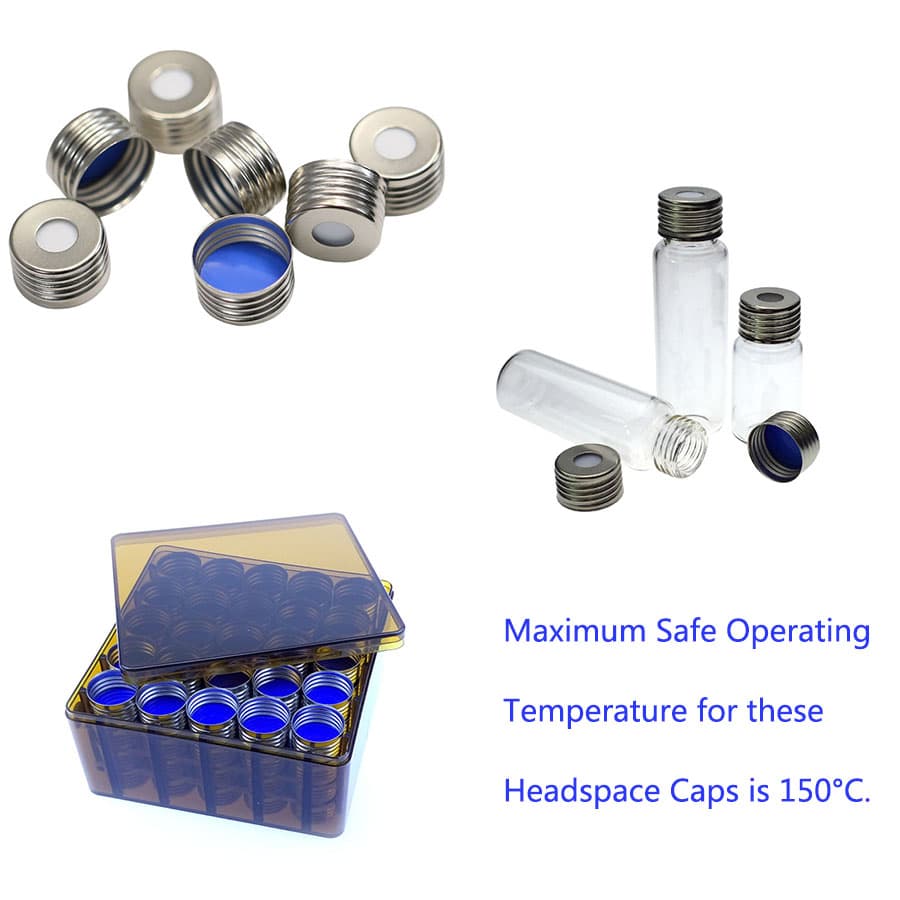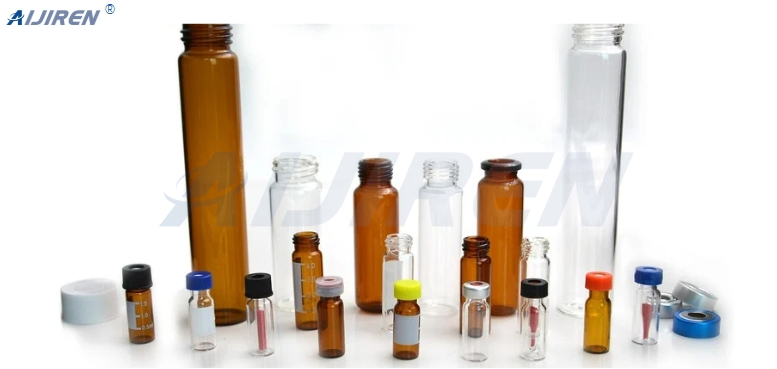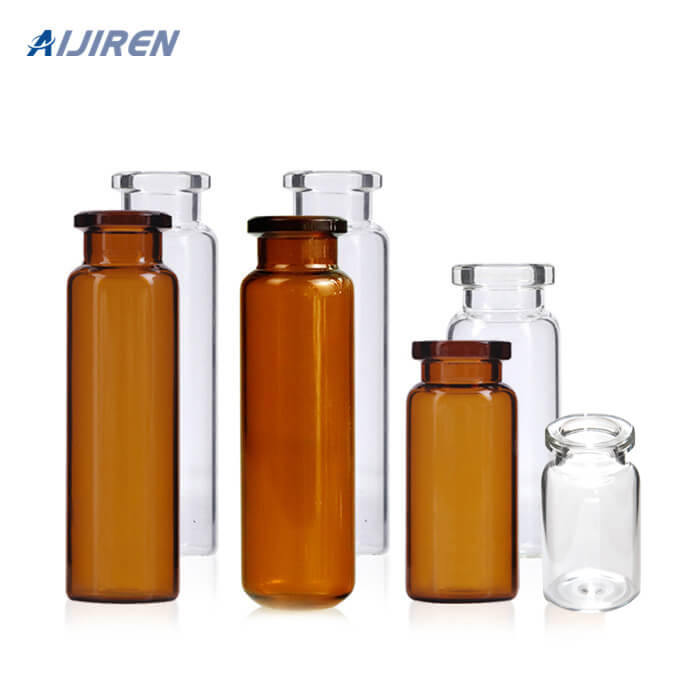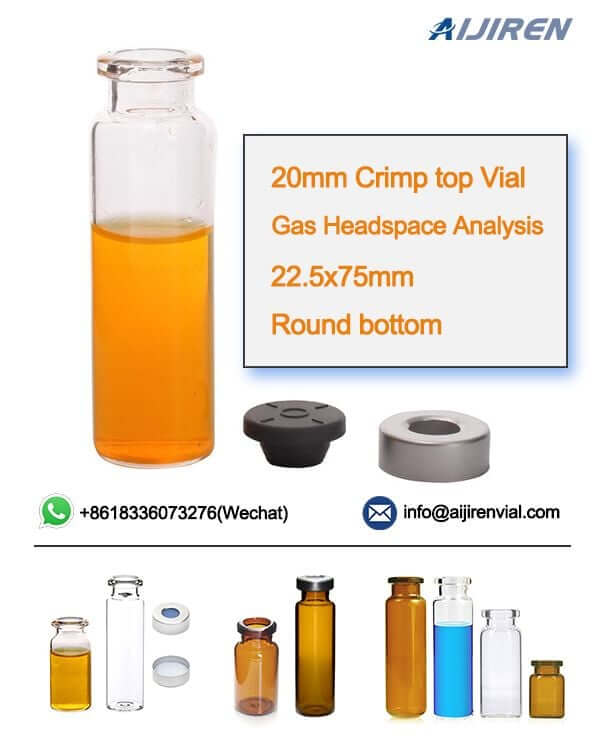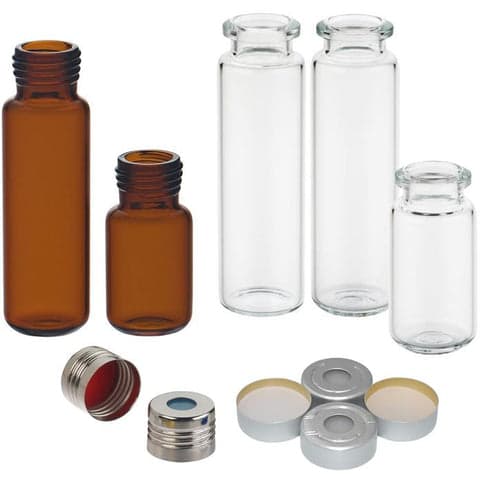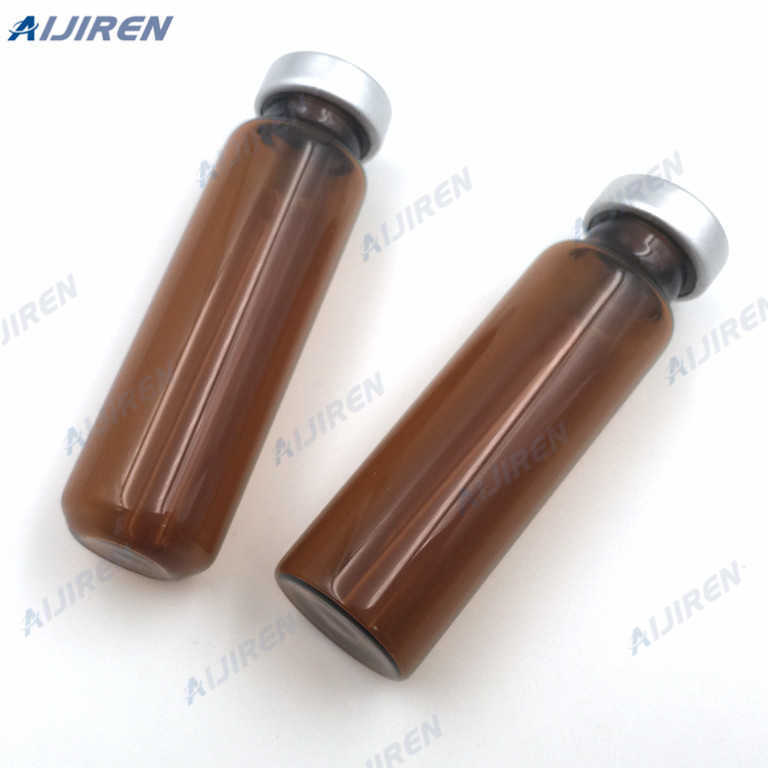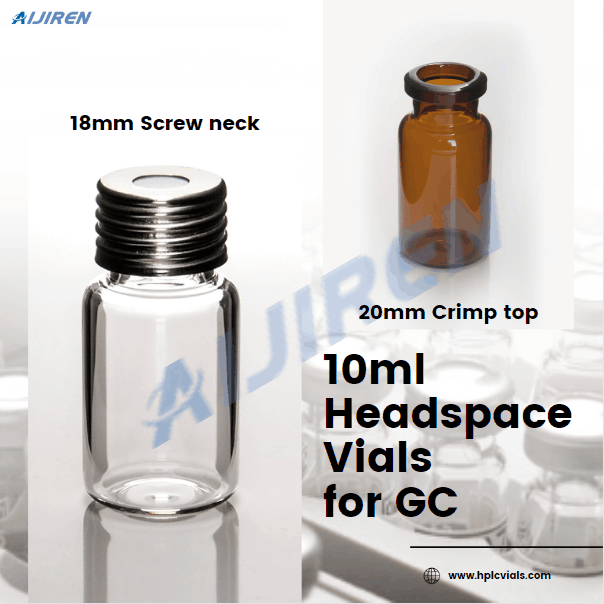Common Sample Preparation Techniques for GC-MS
Gas Chromatography-Mass Spectrometry (GC-MS) is a powerful analytical technique widely used for identifying and quantifying compounds in complex mixtures. However, effective sample preparation is crucial for achieving accurate and reliable results. Here are some common techniques used in preparing samples for GC-MS analysis:
1️⃣ Headspace Sampling
In headspace sampling, the sample is placed in a sealed vial, allowing volatile analytes to vaporize and establish equilibrium with the gas phase above the sample. This technique can be performed as static headspace sampling or dynamic headspace sampling (purge and trap), making it ideal for analyzing volatile organic compounds in solid or liquid matrices.
2️⃣ Solid Phase Extraction (SPE)
SPE involves using a solid sorbent material to isolate and purify analytes from complex matrices. This technique is particularly useful for biological samples (like urine or plasma) and environmental samples (such as water), helping to remove interferences and concentrate target compounds prior to analysis.
3️⃣ Solid Phase Microextraction (SPME)
SPME is a solvent-free extraction technique that utilizes a coated fiber to absorb analytes from the sample matrix. The fiber can be exposed to the headspace or immersed directly in the liquid sample. After extraction, the fiber is thermally desorbed in the GC injector, making SPME a fast and efficient method for volatile and semi-volatile compounds.
4️⃣ Pyrolysis
This technique involves heating solid samples to break them down into smaller fragments without solvents. Pyrolysis is particularly useful for analyzing complex materials like plastics, resins, and rubbers, allowing for the identification of additives and degradation products.
Conclusion
Choosing the right sample preparation technique is essential for optimizing GC-MS analysis. By employing these methods, analysts can enhance sensitivity, reduce matrix effects, and improve overall data quality.





